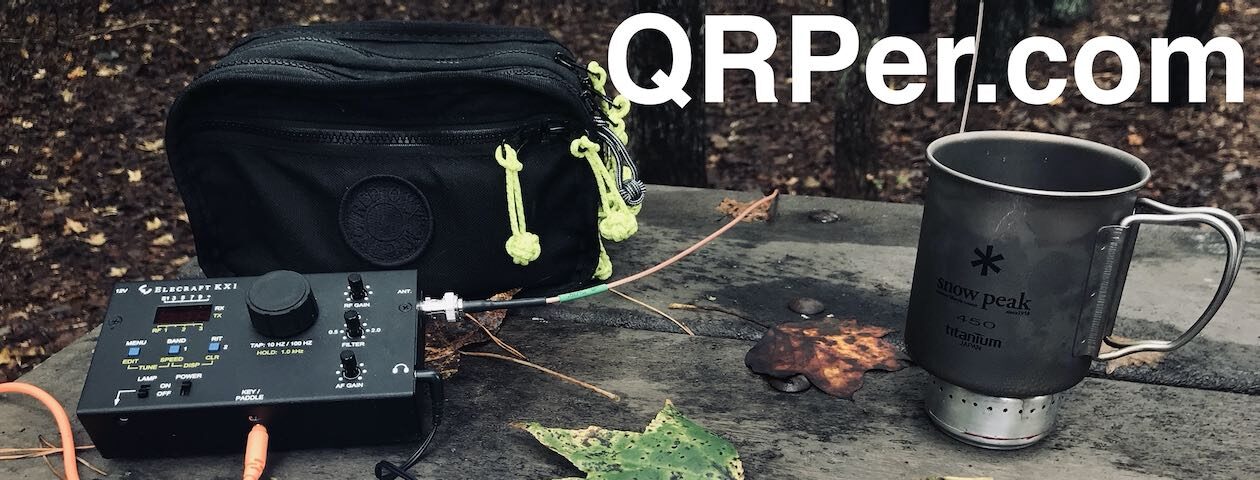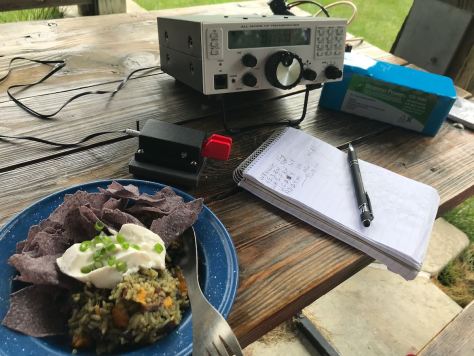By KO4WFP
Note: This is the fourth article for my trip to southwest Georgia at the beginning of January 2025. If you didn’t read the previous article, it is available here: Doerun Pitcher Plant Bog WMA
January 5th, Daisy and I hit the road again for one more POTA activation toward my goal of activating 30 new parks in 2025. The trip to southwest Georgia, though cut short, was productive in that I had three successful activations, I worked through the obstacles I encountered, and I got the break from my obligations and responsibilities I needed.
There are still quite a few parks on the eastern side of Georgia I have yet to activate. As I had no time constraints today, I picked a park close to the Georgia – Florida border: Ceylon Wildlife Management Area (US-9772), an hour and a half drive from my home.


What I didn’t realize until I began researching and writing this article is just how significant this park is. It is the newest wildlife management area (WMA) in the state of Georgia and 24,000 acres in size. It not only has environmental significance but is also important for national security reasons. The Naval Submarine Base Kings Bay is the home port of the U.S. Atlantic Fleet’s ballistic missile submarines and adjacent to this property. Keeping this land out of the hands of resort, residential, and commercial interests protected the fleets access to the Atlantic via the Satilla River.

The property is named after Ceylon Mill Village, a town established on the site 1874 for the purpose of processing timber. The town “was named for the Southeastern Asia country (current-day Sri Lanka, then British Ceylon) where tea was grown and shipped to the world.”
The town is long since gone and today it is wildlife that occupies the land, including the gopher tortoise, Georgia’s state reptile. This WMA has one of the highest densities of gopher tortoises, somewhere between 3,000 and 4,000, in all of Georgia. I came across one of their burrows while looking at the pre-bellum and antebellum graveyard on the property.



The park is a short drive from Interstate 95 though the signage and entrance is not as readily visible as many WMAs. After passing the information kiosk, I began looking for a site not so heavily wooded. There was evidence of controlled burns and management for the cultivation of longleaf pines on the land. Longleaf pines are an important species in the southeast, one that is in decline due to centuries of logging. (I wrote about the importance of this habitat in my article on my activation at Oliver Bridge WMA.)




I found a cleared area and pulled off the side of the road next to a downed tree. The tree would serve as my seating area and Daisy could lay down in the shade it provided. Though the temperatures were still chilly, the cloudless and sunny skies over head would certainly overheat anyone laying around in a fur coat.


I had the EFRW installed in short order, oriented it to the northwest, settled on the trunk, and got down to business.

I stuck with 20 meters for most of the activation. That band gave me 37 QSOs in an hour. After some hunting, I worked 11 contacts on 15 meters and three contacts on 40 meters before calling QRT. (Look at the contact waaaayyy out west in California.)
Even though I had good cell service and internet access at this site, I was not successful in hunting many activators due to the band conditions. I had three park-to-park (P2P) QSOs – Rod K4DSX, Jeffrey WJ3FF, and Marshall K1SN but ended up with credit for 10 P2P QSOs. Rod was a three-fer, Jeffrey was a two-fer, and Marshall was a five-fer! (Is there such a word?)

This is a park to which I plan to return. Ceylon WMA is easy to access; there is more territory in it begging to be explored; and I have cell service to spot myself and hunt other activators. With this successful activation, I now have four activations toward my goal of 30 for 2025 and 26 yet to go. Where will my next POTA adventure take place? Stay tuned…
Equipment Used
[Note: All Amazon, CW Morse, ABR, Chelegance, eBay, and Radioddity links are affiliate links that support QRPer.com at no cost to you.]


































































